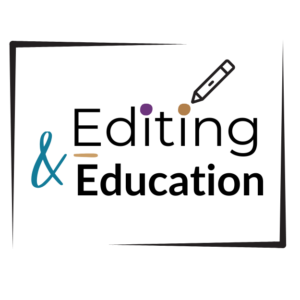Latest News
Stay up to date with the latest advice and tips to improve your writing
Recent Posts
Editor’s Pick
Dive into our selection of articles, where we explore new ideas and ways to improve your writing.

Our editors at Editing & Education also offer customized one-on-one coaching sessions, based on their specialities. Find out how we can help.


